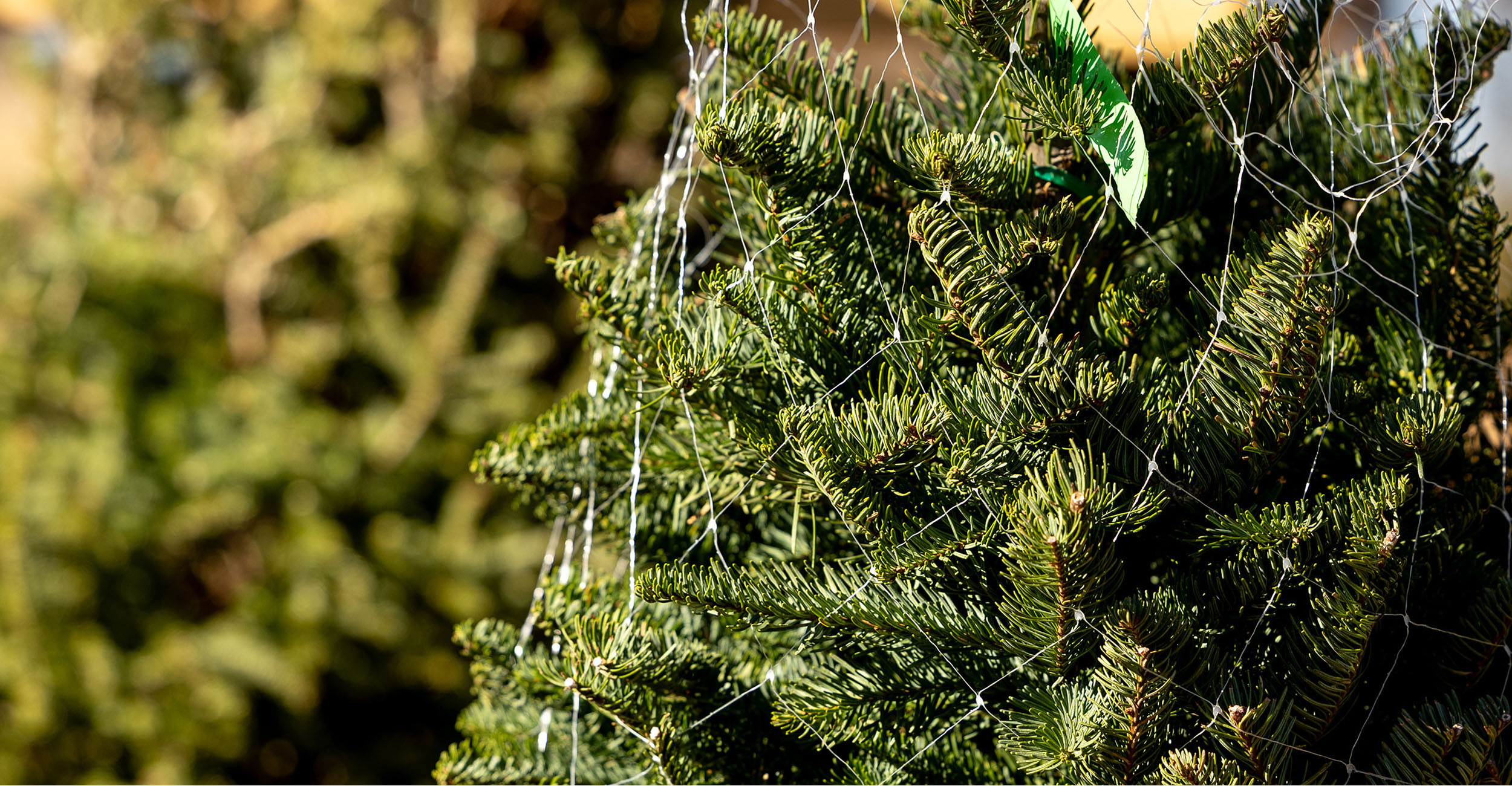
Oh Christmas tree, oh Christmas tree, how lovely are thy … insects?
Thursday, December 7, 2023
Media Contact: Trisha Gedon | Sr. Communications Specialist | 405-744-3625 | trisha.gedon@okstate.edu
There’s nothing like the pine scent of a fresh-cut Christmas tree during the holiday season. The aroma and beauty of the outdoors are welcome in homes, but a freshly cut Christmas tree may harbor something within its branches that’s not so welcome.
It’s not likely consumers will come face to face with a squirrel like Clark Griswold did in “National Lampoon’s Christmas Vacation,” but dealing with a variety of insects and other arthropods isn’t out of the question.
Real Christmas trees are grown outdoors and serve as a home for overwintering insects and other arthropods. These tiny creatures can remain on the limbs or under the bark after the tree is harvested and brought indoors, said Andrine Shufran, Oklahoma State University Extension specialist and director of OSU’s Insect Adventure.
“In the fall, insects find places to overwinter or lay eggs in preparation for the winter weather,” Shufran said. “It’s not uncommon for a tree to harbor ants, bark beetles, aphids, beetle larvae, praying mantises or even spiders. They look for micro-climates where humidity is high and the temperature is warm.”
While they may not be apparent before the tree is cut down, these insects become active when they warm up inside the home. Shufran said a praying mantis can lay enough eggs to fill two to three egg sacs, which contain up to 200 eggs each. Look for egg sacs on the undersides of branches, and if one is found, cut off the limb and place it in a protected area outside — it should hatch in the spring. Protecting some species of insects is important because they’re beneficial and eat invasive species that can harm a landscape.
“It’s important to remember that the insects or spiders that might be on the tree can be annoying to have inside the house, but they’re harmless,” she said. “If a family happens to find some insects on the tree, take it as an entomological learning opportunity. Talk about the life cycle of insects and beneficial insects versus harmful insects. The insects can be vacuumed up if necessary to get rid of them.”
In addition to insects, some trees may have a good amount of pollen on the branches. Even though most of it will fall off during the shaking process before taking it home, consumers may consider rinsing the tree once they get it home.
David Hillock, OSU Extension consumer horticulturist, said for those visiting a tree farm or cutting their tree on open land, inspect the tree for signs of insects.
“Most insects aren’t active at this time of year, so they may be hard to spot,” Hillock said. “The foliage should look clean, not sticky or like an insect has been sucking on the leaves or shoots. Families don’t want to wake up and find aphids on the floor or covering the gifts under the tree.”
When purchasing a freshly cut tree at a tree farm, make sure the tree stays on the shaker for 20 to 30 seconds. This not only removes loose needles but also most of the insects on the limbs.
“If consumers cut their tree and don’t have access to a shaker, tap the trunk of the tree on the ground multiple times to disperse loose needles and insects,” Hillock said. “Another idea is to use a leaf blower or compressed air to get rid of loose needles and insects. Also, shaking the branches over a piece of white paper before cutting it down can expose possible insects.”
Once the tree is home, water it properly to help keep it as fresh as possible through the holiday season. A fresh tree can use up to a quart of water per day for each inch of diameter on the cut end. For example, a tree with a 3-inch trunk diameter can use up to 3 quarts of water per day.
